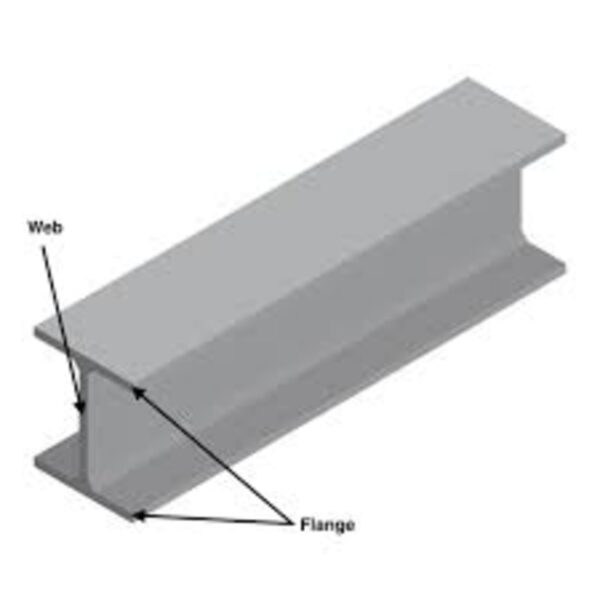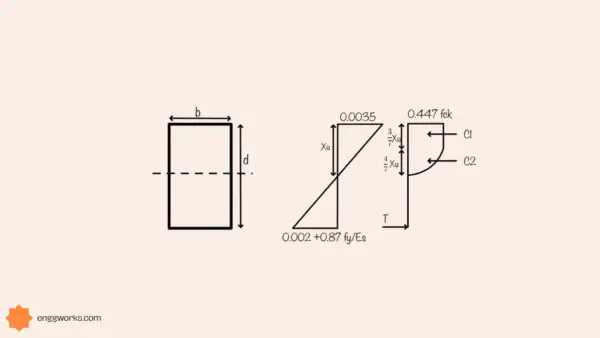Shear walls are a crucial component in modern building construction, particularly in areas prone to seismic activity or high wind loads. These structural elements are designed to resist lateral forces and provide stability to the building. In this article, we will explore various aspects of shear wall construction, including design considerations, construction details, and advantages.

Reinforced Concrete Shear Wall Design
Reinforced concrete shear walls are the most common type of shear wall used in construction. The design of these walls involves considering factors such as the building’s height, seismic zone, and applied loads. Engineers use specialized software and design codes to determine the required thickness, reinforcement, and configuration of the shear walls to ensure adequate strength and stiffness.
Seismic Design of Shear Walls
In regions with high seismic activity, seismic design of shear walls is of utmost importance. Shear walls must be designed to withstand the lateral forces generated during an earthquake. This involves proper detailing of reinforcement, including boundary elements and confinement reinforcement, to ensure ductility and prevent brittle failure. The placement and configuration of shear walls also play a crucial role in the overall seismic performance of the building.
Shear Wall Construction Details
Shear wall construction details involve the proper placement of reinforcement, concrete cover, and anchorage to the foundation and adjacent structural elements. Reinforcement typically consists of vertical and horizontal bars, with additional diagonal bars in some cases.
Construction joints and water-stops must be carefully detailed to ensure continuity and prevent water infiltration. Proper consolidation of concrete is essential to avoid honeycombing and ensure a strong, durable structure.
Shear Wall Reinforcement Requirements
The shear wall reinforcement requirements are determined based on the design loads and the wall’s geometry. Minimum reinforcement ratios are specified by design codes to ensure adequate strength and crack control. Vertical reinforcement is typically concentrated at the wall’s edges and openings, while horizontal reinforcement is distributed evenly along the wall’s height. Proper lap splices and anchorage of reinforcement are critical to ensure load transfer and structural integrity.
Concrete Shear Wall Thickness Calculation
The concrete shear wall thickness calculation depends on several factors, including the wall’s height, applied loads, and reinforcement details. Minimum thickness requirements are specified by design codes to prevent buckling and ensure sufficient stiffness. The thickness may vary along the wall’s height, with thicker sections at the base to accommodate higher shear forces and overturning moments.
Shear Wall Layout and Placement
The shear wall layout and placement in a building are crucial for efficient lateral load resistance. Shear walls should be positioned symmetrically to minimize torsional effects and distribute forces evenly. The walls should also be continuous from the foundation to the roof to provide a clear load path. Openings in shear walls should be minimized and strategically placed to maintain the wall’s integrity and avoid stress concentrations.
shear wall construction procedure
The shear wall construction procedure involves several critical steps to ensure the proper installation and performance of the structural element. Here’s a detailed breakdown of the shear wall construction procedure:
Pre-construction Planning:
Review and finalize the shear wall design, including dimensions, reinforcement details, and connection requirements.
Coordinate with the project team, including architects, structural engineers, and contractors, to ensure all necessary preparations are made.
Procure required materials, such as reinforcement bars, concrete, formwork, and any specialized equipment.
Site Preparation:
Clear and level the area where the shear wall will be constructed.
Excavate the foundation area according to the design specifications and soil conditions.
Install necessary drainage systems and waterproofing measures.
Foundation Construction:
Lay out and install the reinforcement for the shear wall foundation, including starter bars for wall-to-foundation connection.
Install formwork for the foundation, ensuring proper alignment and bracing.
Pour and consolidate the concrete for the foundation, following the specified mix design and curing requirements.
Wall Reinforcement Installation:
Place the vertical reinforcement bars for the shear wall, ensuring proper spacing, alignment, and lap splices.
Install horizontal reinforcement bars, as specified in the design, to provide confinement and shear resistance.
Position additional reinforcement around openings, such as doors or windows, and at the wall edges.
Ensure adequate concrete cover is maintained for all reinforcement bars.
Formwork and Shoring:
Erect formwork on both sides of the shear wall, aligning it with the foundation and ensuring plumb and level.
Install necessary shoring and bracing to support the formwork and prevent displacement during concrete pouring.
Apply form release agents to facilitate easy removal of formwork after concrete curing.
Concrete Placement:
Pour concrete into the formwork in lifts, typically not exceeding 1.5 meters in height per lift.
Consolidate the concrete using vibrators to remove air pockets and ensure proper distribution around the reinforcement.
Monitor the concrete placement process to avoid segregation and maintain the desired consistency.
Curing and Formwork Removal:
Allow the concrete to cure for the specified duration, typically a minimum of 7 days, to achieve the required strength.
Implement appropriate curing methods, such as water curing or the use of curing compounds, to prevent excessive moisture loss and shrinkage cracks.
Remove the formwork once the concrete has gained sufficient strength, typically after 24-48 hours, depending on the ambient conditions and concrete mix.
Connection and Integration:
Connect the shear wall to adjacent structural elements, such as floor diaphragms or moment frames, as per the design specifications.
Install necessary connectors, such as mechanical couplers or embedding plates, to ensure proper load transfer.
Grout or fill any gaps between the shear wall and adjacent elements to ensure a continuous load path.
Finishing and Quality Control:
Repair any surface defects, honeycombing, or cracks in the concrete using suitable patching materials.
Apply the specified architectural finishes, such as paint or cladding, if required.
Conduct quality control inspections, including reinforcement placement checks, concrete strength tests, and dimensional tolerances.
Address any non-conformances or deficiencies identified during the inspections.
.
By adhering to this detailed construction procedure and following the design specifications and quality control measures, the shear wall can be constructed effectively to provide the intended lateral stability and seismic resistance to the building.

Advantages of Shear Wall Construction
Shear wall construction offers several advantages over other lateral load-resisting systems. Shear walls provide excellent stiffness and strength, reducing the building’s lateral drift and ensuring occupant comfort. They also help to minimize damage to non-structural elements during seismic events. Shear walls can be easily integrated with other structural systems, such as moment frames or floor diaphragms, to create a robust and efficient structure.
Shear Wall Foundation Connection Details
The connection between the shear wall and the foundation is critical for proper load transfer and overall stability. Shear wall foundation connection details typically involve the use of starter bars, anchor bolts, or shear keys to ensure a strong and reliable connection. The foundation must be designed to resist the high concentrated loads imposed by the shear wall and prevent overturning or sliding.
Shear Wall Construction Cost Estimation
Shear wall construction cost estimation depends on various factors, such as the wall’s size, reinforcement details, and construction complexity. The cost of formwork, reinforcement, concrete, and labor should be considered when estimating the overall cost. While shear walls may have a higher initial cost compared to other systems, they offer long-term benefits in terms of structural performance, durability, and reduced maintenance requirements.
Precast Concrete Shear Wall Panels
Precast concrete shear wall panels offer an alternative to cast-in-place shear walls. These panels are manufactured off-site under controlled conditions, ensuring high quality and precise dimensions. Precast panels can be quickly erected on-site, reducing construction time and labor costs. They also provide design flexibility, as the panels can be customized to accommodate various architectural features and finishes.
Conclusion
Shear wall construction plays a vital role in ensuring the structural stability and safety of buildings, particularly in seismically active regions. By understanding the design considerations, construction details, and advantages of shear walls, engineers and contractors can create resilient and efficient structures.
Proper detailing, reinforcement, and construction practices are essential to ensure the optimal performance of shear walls under lateral loads. As building codes and seismic design requirements continue to evolve, staying informed about the latest advancements in shear wall construction is crucial for professionals in the civil engineering field.







